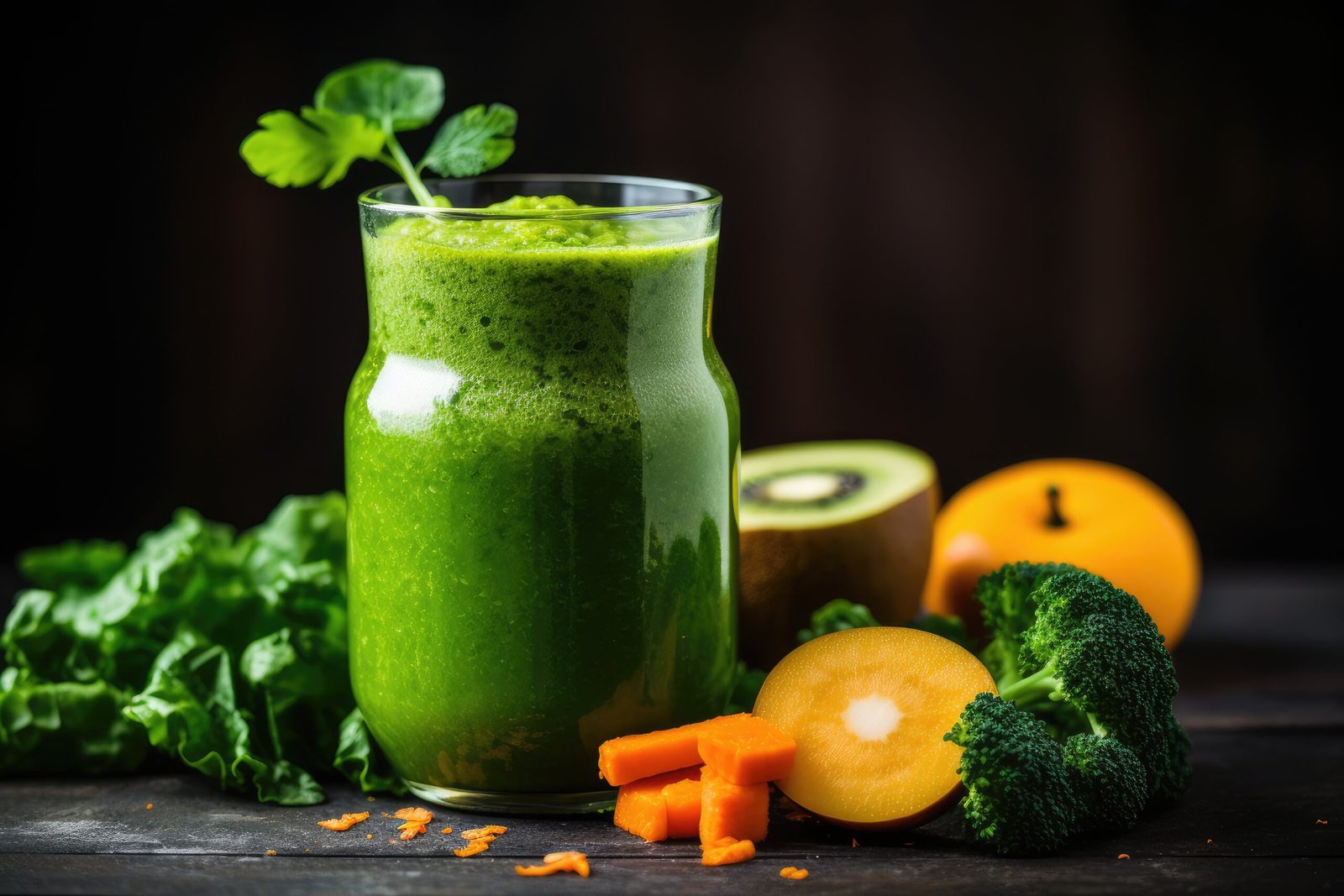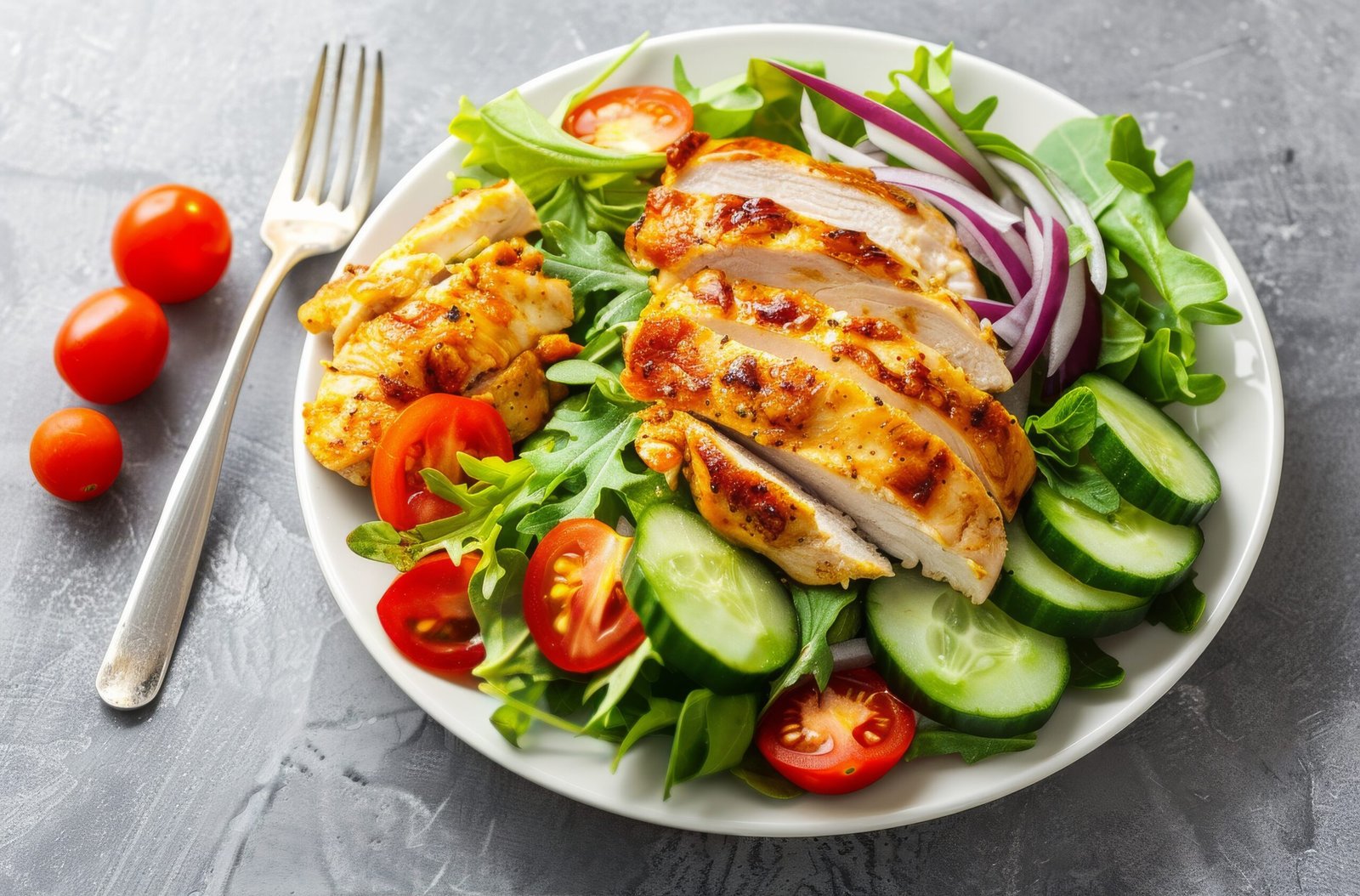Tips for Cultivating a Positive Body Image
Tips for Cultivating a Positive Body ImageDo you ever look in the mirror and feel like you just don't measure up? Like...
We all know that eating vegetables is good for us. They’re packed with vitamins, minerals, and fiber that our bodies need to stay healthy. But let’s be honest – sometimes it can be a challenge to eat enough veggies every day. Maybe you’re not a fan of their taste, or you’re just not sure how to prepare them. Don’t worry! This article will show you some simple and tasty ways to add more vegetables to your meals without much effort.

Before we dive into the tips, let’s talk about why eating vegetables is so important. Vegetables are like nature’s multivitamins. They’re low in calories but high in nutrients that help our bodies function properly. Eating plenty of veggies can lower your risk of heart disease, certain cancers, and other health problems. Plus, the fiber in vegetables helps keep you feeling full and satisfied, which can help with weight management.
The good news is that adding more vegetables to your diet doesn’t have to be boring or difficult. With a few simple tricks, you can boost your veggie intake without even realizing it. Let’s explore some easy ways to make vegetables a bigger part of your daily meals:

One of the easiest ways to eat more vegetables is to drink them! Smoothies are a great way to pack in extra nutrients without changing the taste too much. Start with a base of fruit like bananas or berries, then add a handful of leafy greens like spinach or kale. The sweetness of the fruit will mask the taste of the vegetables, making it a perfect option for picky eaters.
You can experiment with different combinations to find your favorite. Try a tropical smoothie with mango, pineapple, and a handful of spinach. Or go for a berry blast with strawberries, blueberries, and some cucumber for extra hydration. The possibilities are endless!

Another sneaky way to add more veggies to your diet is by blending them into sauces and soups. This works especially well with vegetables that have a mild flavor, like cauliflower, zucchini, or carrots. For example, you can add pureed cauliflower to your mac and cheese sauce for a creamy texture and extra nutrients. Or blend some cooked carrots into your tomato sauce for pasta – it adds sweetness and boosts the vitamin content.
When making soup, throw in extra vegetables along with your usual ingredients. Chop them finely or puree them if you want to hide them completely. This works great for classic soups like minestrone or vegetable beef. You’ll be amazed at how many extra servings of veggies you can fit into a single bowl of soup!

If you’re trying to cut back on carbs or just want to add more vegetables to your pasta dishes, veggie noodles are a great option. You can use a spiralizer or a vegetable peeler to create noodle-like strands from zucchini, carrots, or even sweet potatoes. These “zoodles” or vegetable noodles can be used in place of regular pasta in many dishes.
Try serving zucchini noodles with your favorite pasta sauce, or use carrot noodles in a stir-fry. You can also mix veggie noodles with regular pasta to ease into the change. This is a fun way to add color and nutrition to your meals while reducing calories and carbs.

Most people don’t think about eating vegetables for breakfast, but it’s actually a great way to start your day with a nutritional boost. There are many tasty ways to incorporate veggies into your morning meal. Try adding spinach or kale to your scrambled eggs or omelet. You can also grate some zucchini or carrots into your pancake or waffle batter for extra nutrients and moisture.
If you’re a fan of avocado toast, try topping it with sliced tomatoes or cucumber for added crunch and vitamins. And don’t forget about vegetable-based smoothies – they make a quick and easy breakfast on busy mornings.

One of the best ways to make vegetables more appealing is to roast them. Roasting brings out the natural sweetness in vegetables and gives them a delicious crispy texture. The best part is, you can roast a big batch at once and use them throughout the week.
Choose a variety of colorful vegetables like bell peppers, zucchini, carrots, and Brussels sprouts. Cut them into bite-sized pieces, toss with a little olive oil and your favorite seasonings, then roast in the oven until they’re tender and lightly browned. You can eat these as a side dish, add them to salads, or use them as toppings for sandwiches and wraps.

Replace your usual dips and spreads with vegetable-based alternatives. Hummus, which is made from chickpeas, is a popular choice that pairs well with raw veggies or whole-grain crackers. You can also make your own dips using roasted vegetables like eggplant (baba ganoush) or red peppers.
For sandwich spreads, try mashing avocado instead of using mayonnaise. You can also puree roasted vegetables like carrots or beets to make colorful, nutrient-rich spreads. These options not only add more vegetables to your diet but also bring exciting flavors to your meals.

Instead of thinking of vegetables as a side dish, try making them the star of your meal. Start with a vegetable base and build your meal around it. For example, stuff a baked sweet potato with black beans, salsa, and a dollop of Greek yogurt for a filling and nutritious meal. Or try a cauliflower rice stir-fry with your choice of protein and other vegetables.
Making vegetables the main focus of your meals ensures you’re getting plenty of nutrients and can help you discover new, delicious ways to enjoy them.
Now that you have these tips, it’s time to start incorporating more vegetables into your diet. Remember, you don’t have to make all these changes at once. Start with one or two ideas that appeal to you and gradually add more as you get comfortable.





As you can see, this sample day includes vegetables at every meal and snack, but in ways that are tasty and not overwhelming. The key is to find vegetable-based foods and recipes that you enjoy. Don’t be afraid to experiment with different vegetables and cooking methods until you find what works for you.
Remember, adding more vegetables to your diet doesn’t have to be a chore. With these simple tips, you can boost your veggie intake without sacrificing flavor or spending hours in the kitchen. Your body will thank you for the extra nutrients, and you might even discover some new favorite foods along the way!

So go ahead and give these ideas a try. Before you know it, eating more vegetables will become a natural and enjoyable part of your daily routine. Here’s to your health!
Tips for Cultivating a Positive Body ImageDo you ever look in the mirror and feel like you just don't measure up? Like...
Sustainable Living: Small Changes for a Healthier PlanetHave you ever thought about how your everyday choices might be...
The Impact of Social Connections on Your Health and Well-BeingEver feel like your phone is glued to your hand, but...
0 Comments